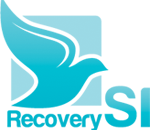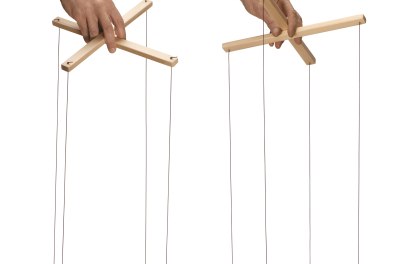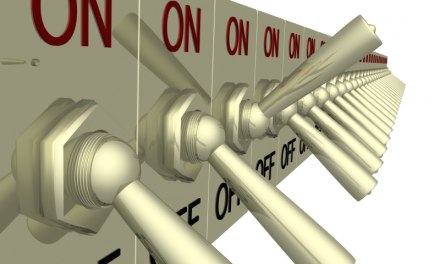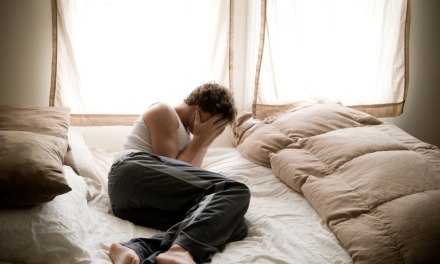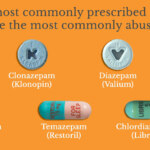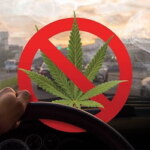Most correctional institutions do at least some level of urine drug testing, particularly at time of admission to the facility. The results can reveal some interesting — and helpful — information, as to patterns of drug use among persons who eventually become involved in the criminal justice system.
For example: Researchers looked at 43,355 test results from samples taken in 2023 – a bit less than 30% of the total number arrested. They found that approximately 75% of arrestees tested positive for one or more drugs. Not a surprise, is it?
The research team broke that 75% down as follows: “… 69.0% were positive for cannabis, 54.8% for stimulants, 29.6% for opioids, and 12.4% for sedatives.” More importantly, “…arrestees were positive for multiple drugs half the time, with combinations of cannabis, stimulants, and opioids most common.”
In other words, it’s far more likely that an offender will test positive than negative, and at least 50% of the time, they’ll test positive for more than one substance.
That’s important in a treatment context, because a history of multiple drug use means they will be tempted to focus on one substance — their “drug of choice”, whatever they may feel that is — while minimizing the importance of the others.
I don’t know how many times I’ve heard clients in treatment insist that despite having been drinking or smoking pot or popping pills since early adolescence, those substances were “not the problem.”
Certainly not compared to the meth, coke, or heroin, etc., that finally landed them in treatment, often involuntarily.
What they don’t realize is that this line of reasoning is a roundabout way of admitting that at some future point, they plan to go back to using one or more of those ‘lesser’ substances.
Because that wasn’t a problem, see?
This is part of a larger pattern of self-deception. A convenient psychological ’back door’ into relapse, one that closes only once the client accepts the role their ‘lesser’ substance use has played in the difficulties that have since emerged.
